Children’s hospital cry for help: we’re at risk of collapse
Senior medics at one of the nation’s most specialised children’s hospitals have warned critical services are ‘at risk of collapse’ because of chronic staff shortages.
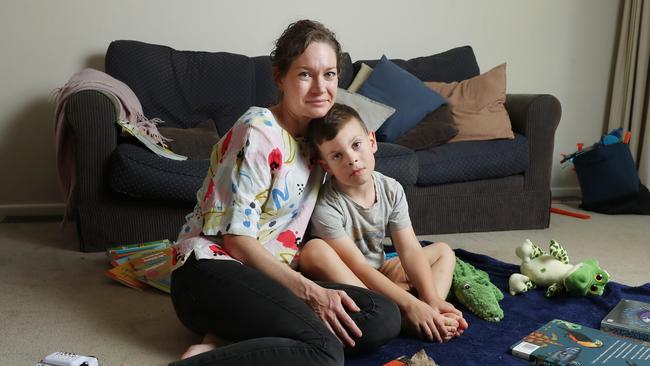
Senior medics at one of the nation’s most specialised children’s hospitals have warned critical services including cardiac and transplant surgery are “at risk of collapse” with paediatric intensive care and anaesthetic services hit by chronic staff shortages.
The doctors have revealed the crisis inside the Children’s Hospital at Westmead in Sydney in court papers that document the extraordinary increase in demand on the resources of the public hospital in the past decade as children undergo increasingly complex surgery and are admitted with greater degrees of severe disability and comorbidities.
The explosion in workload now sees about 40 per cent of clinical care performed by doctors after-hours, with surgery regularly stretching into the night and 30 per cent of cardiac surgical patients admitted to the paediatric intensive care unit after 6pm, with this surgery frequently performed on weekends.
The NSW health ministry stands accused by the doctors’ union of risking child deaths by refusing to properly pay overstretched staff overtime or reasonable salaries, leading to a staffing retention and recruitment crisis. The intensivists and anaesthetists working at CHW are paid up to $200,000 less than the salary packages of their counterparts in Victoria and Queensland. Staff specialists in NSW are paid a salary that does not change regardless of hours worked. They do not get paid extra for after-hours or weekend on-call work, but rather are paid an “all in one salary” supplemented by a “staff specialist” allowance of 17.4 per cent.
“With the current workforce experiencing an incredibly high reduction in full-time-equivalent staff and resignations, the inability to recruit appropriately trained consultants and an inability to train or retain future consultants, the end result is a substantial increase in the serious life threatening issues of death to babies,” Damien Lee, an industrial officer for the Australian Salaried Medical Officers Federation told the NSW Industrial Relations Commission. “Serious life threatening issues of death to babies, children and young people across Australia could be mitigated with appropriate staffing.”
Mr Lee’s comments reflected evidence by CHW head of intensive care Andrea Christoff, who warned in a statement tendered to the Industrial Relations Commissionthat “the (paediatric intensive care unit) is at risk of collapse if we are unable to stabilise staffing in critical care … we will not be able to adequately staff statewide services like paediatric cardiac surgery without a sustainable roster pattern for staff specialists.”
One doctor told the IRC she at times had worked 90 hours a week. Intensivists and anaesthetists are periodically on-call over the weekend but in reality they need to be present at the hospital and are involved in continual clinical care. Doctors are often on-call attending patients continuously for 48 hours over the weekend and get little rest from the weekend roster stint that stretches from 7am on Friday until well into Monday morning.
The IRC was told doctors have at times fallen asleep in their cars driving home from the hospital.

Despite the evidence, the NSW health ministry argued before the IRC that staff working hours were not excessive and the doctors’ union was seeking to engineer a situation in which doctors’ walked off the job at 6pm every day and were effectively placing the lives of children at risk. The union was “seeking to achieve a result that … would destabilise two essential departments of the CHW,” the ministry’s submission to the IRC says. “That result would have life-threatening consequences for some of the sickest children in NSW.”
This argument was rejected strongly by ASMOF and all of the specialists who noted their recorded work showed they were in the hospital at all hours looking after children. ASMOF took the position that it was only asking to have those hours that the specialists must work on behalf of sick children recognised.
The paediatric intensive care unit is currently operating with a senior medical officer workforce of 9.5 full-time-equivalent staff, although hospital executives contend this is because some staff are on unexpected leave and the number of FTE staff on the roster is higher, in the order of 13. The hospital’s own advice has indicated a workforce of 16 FTE senior specialist is required for a sustainable roster.
The anaesthetics unit is similarly understaffed, with a current shortfall of about 10 positions. They calculate there was a 42 per cent turnover rate of specialists in 2021, with staff reducing their hours or leaving for interstate. The Sydney Children’s Hospital Network (SCHN) says it has recently recruited six anaesthetists who will commence at Westmead from between this month and August.
Doctors were forced to lodge an official incident report in 2021 when a trainee was left to contend with the anaesthetic requirements of a critical ill child in the emergency department who had been involved in a serious accident, and no staff specialist was available to help because of understaffing.
“The trainee needed assistance to manage that child from the anaesthetic point of view,” one doctor’s affidavit says. “There was no senior consultant who could go because we were all stretched so far because there were very serious cases going on upstairs, and we had a lack of staff. On this occasion the patient was not put at additional risk but the senior staff present were sufficiently concerned about the potential risks to patient safety to file an incident report. The potential risks to the patient were very serious. It could have been a risk to life.”
Doctors have revealed that elective surgery was frequently being cancelled at the hospital because of the resourcing crisis, including cardiac surgery.
Kelsey Boivin’s four-year-old son Madoc, who has a rare genetic disorder called Beckwith-Wiedemann syndrome, had airway surgery cancelled twice last year and was on the waiting list in total for 500 days. Ms Boivin said the second time Madoc’s surgery was cancelled, the consultant’s frustration was obvious. “She came out and she sort of shook her head through the glass and I burst into tears,” Ms Boivin said. “I was devastated.
“She said, ‘It’s crazy. We’ve got a cardiac patient who has been cancelled today for the fifth or sixth time.’ She was visibly angry. They do not have the staff to man the beds.”
The hospital network said urgent surgery was always prioritised. “Any child requiring urgent surgery receives this without delay and the majority of all elective surgeries continue to be performed on time,” a spokesman for the SCHN said. “All patients on the elective surgery list are managed according to clinical urgency, which is determined by their own treating doctor.”
CHW has a 22-bed paediatric intensive care unit to care for some of the sickest children in the state. All beds are currently open and operational according to the hospital executive.
The elective surgery waiting list at CHW has blown out to almost 2500 and numbers on the waiting list jumped 32 per cent between July 2021 and June 2022. In third quarter of 2022, one in four children waited longer than clinically recommended.
The SCHN said it was working to put forward an amended award with provision to pay paediatric anaesthetists and intensivists shift penalties, however shift penalties in NSW exclude the hours of midnight to 7am. The network is currently paying these staff a 10 per cent onerous hours allowance. The IRC commissioner commented in a statement published by the court that treating the doctors like shift workers was not appropriate and did not resolve the issue.
“SCHN has offered a range of options to the paediatric anaesthetists and intensivists at The Children’s Hospital at Westmead to address their concerns within legal frameworks and NSW government public sector wages policy, including recruiting for additional staff,” the SCHN said. “The executive continues meeting regularly with the two clinical teams.”


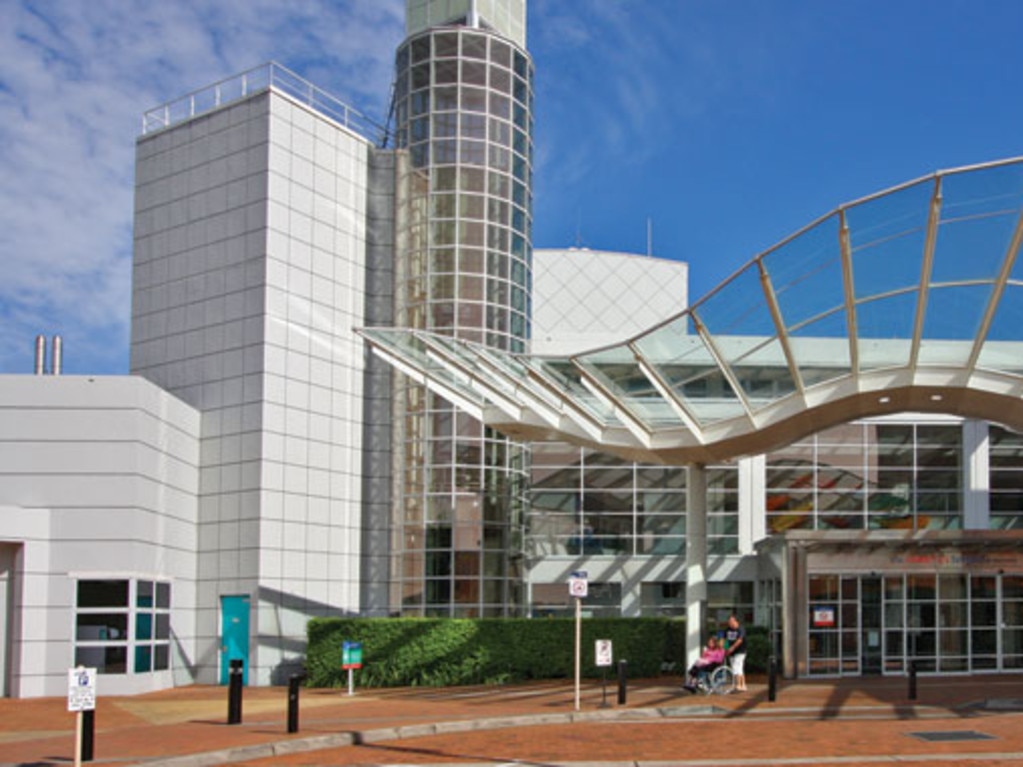
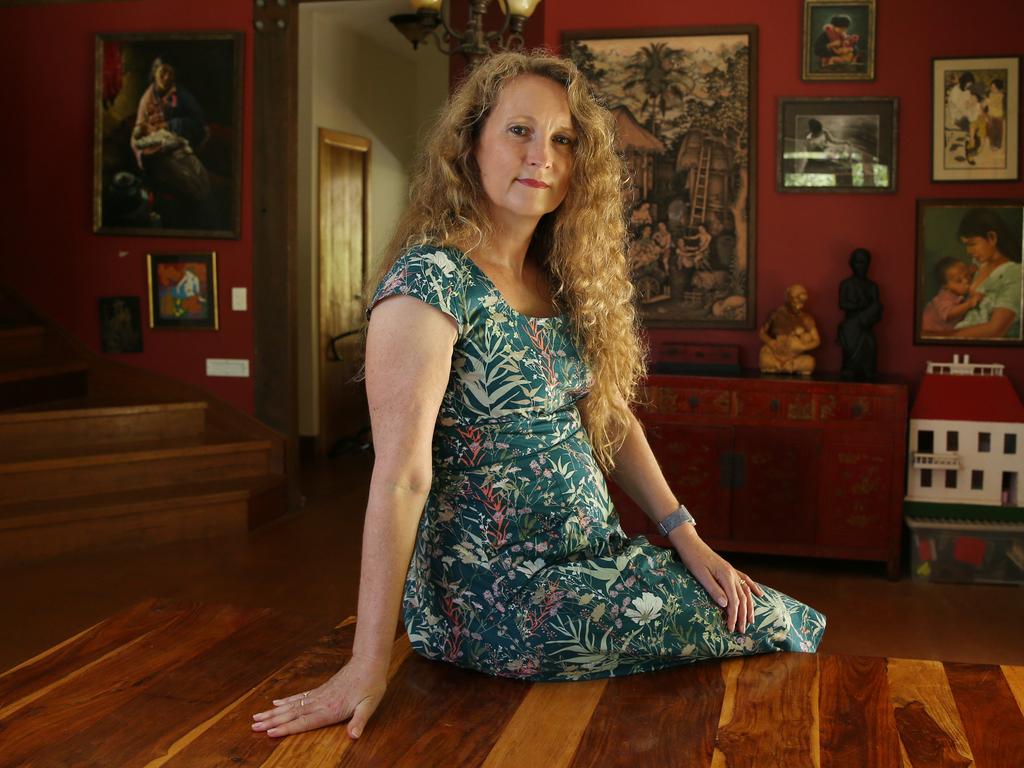

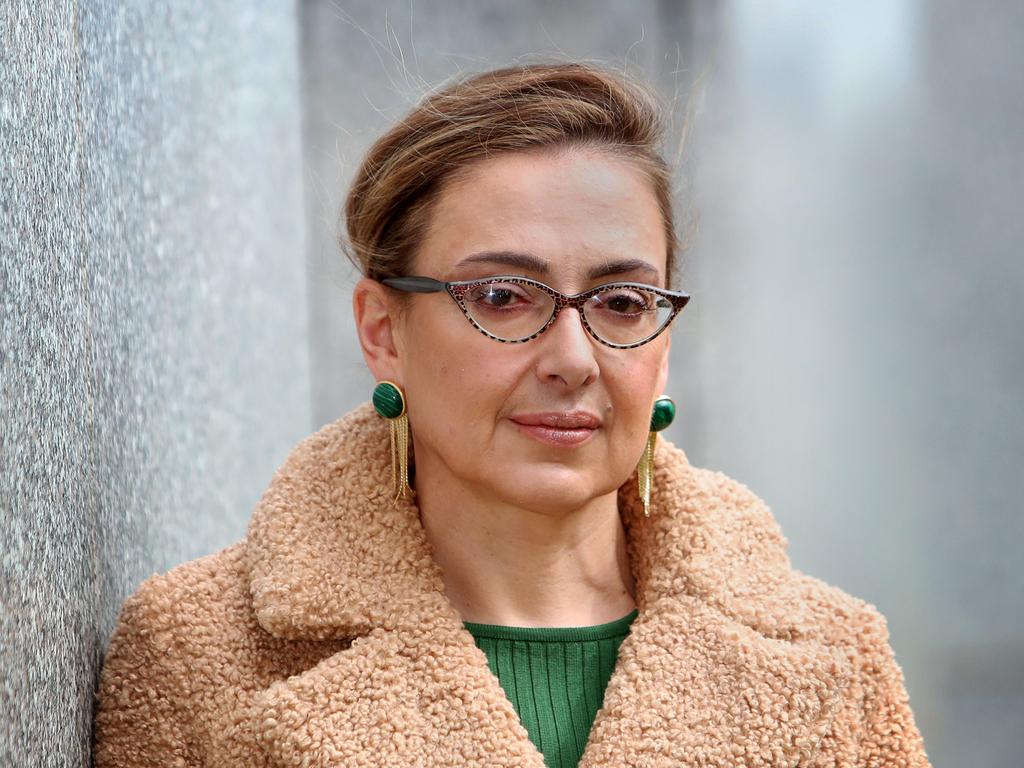
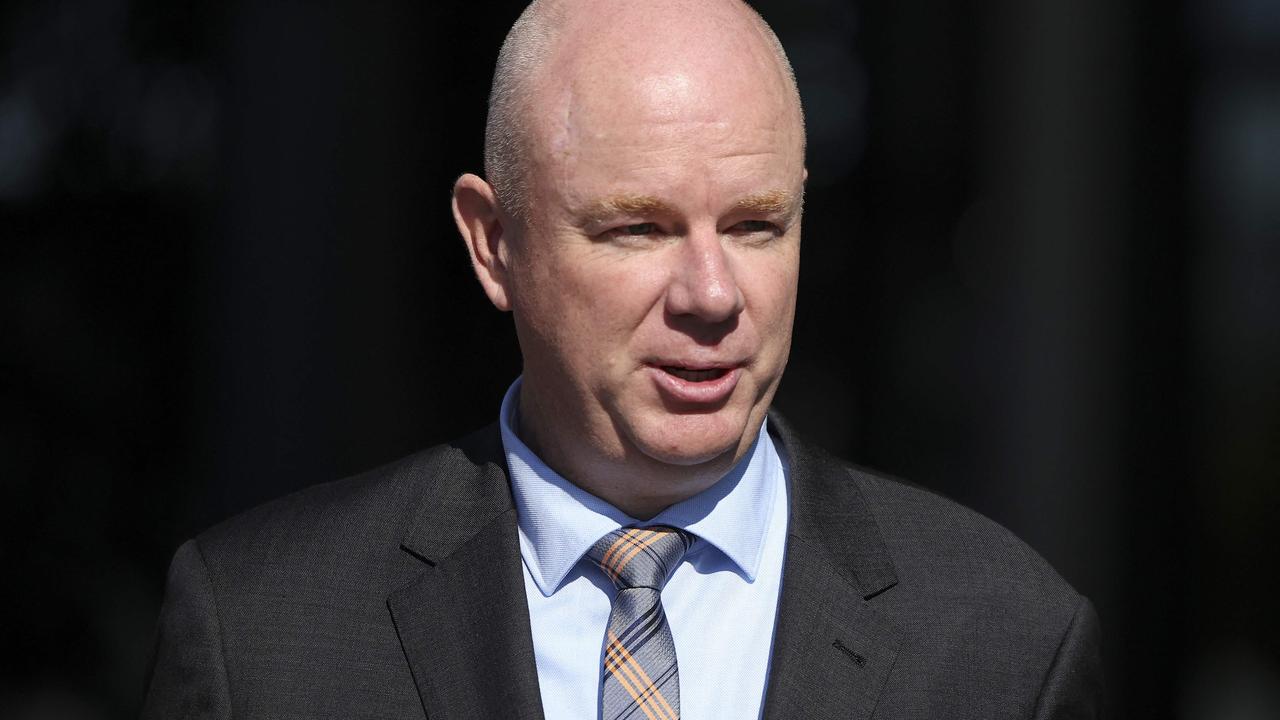
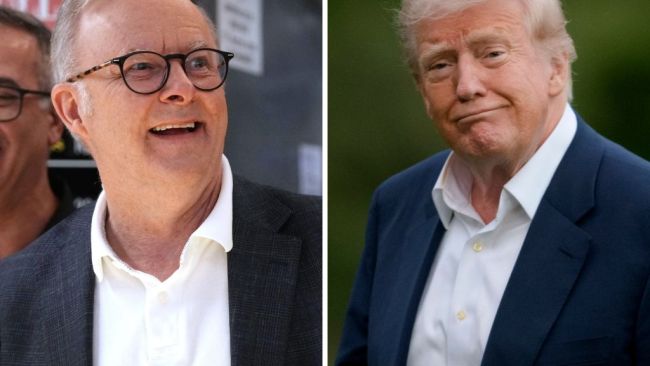
To join the conversation, please log in. Don't have an account? Register
Join the conversation, you are commenting as Logout